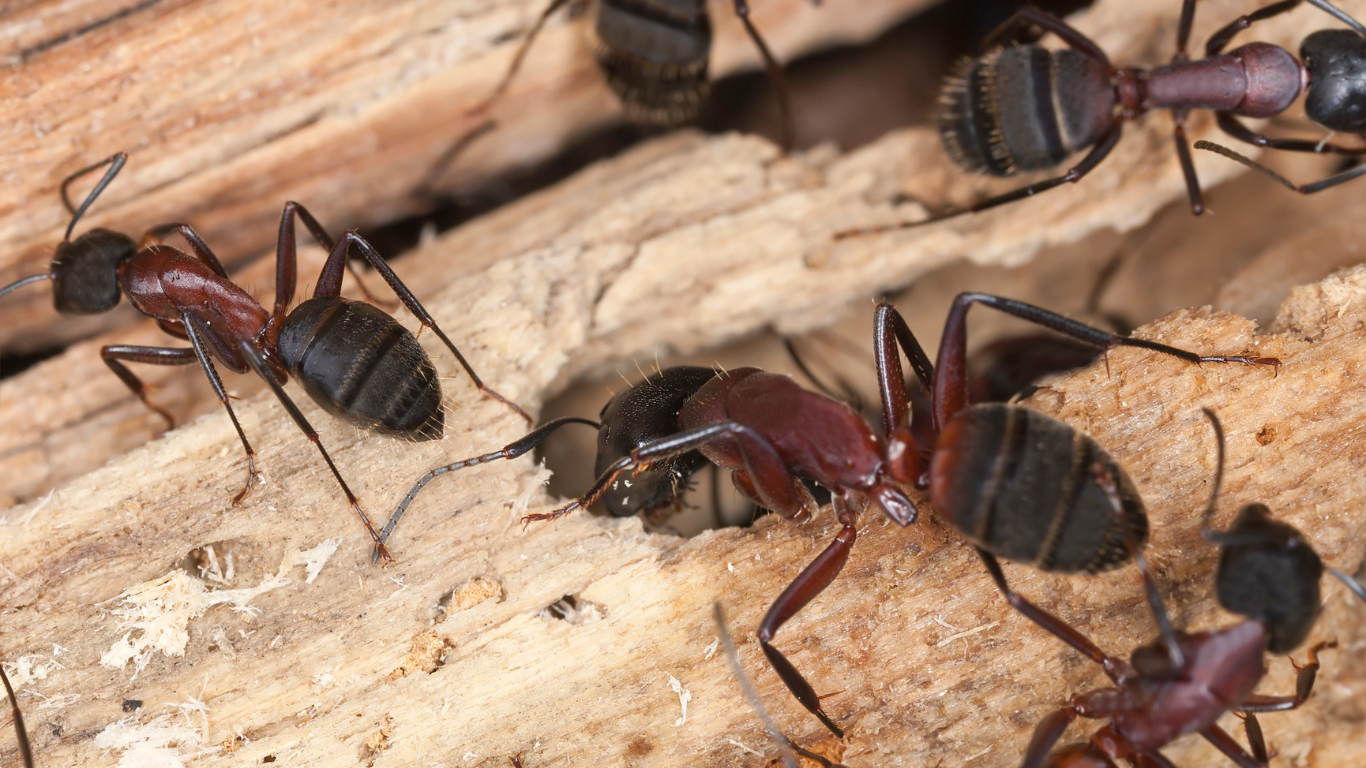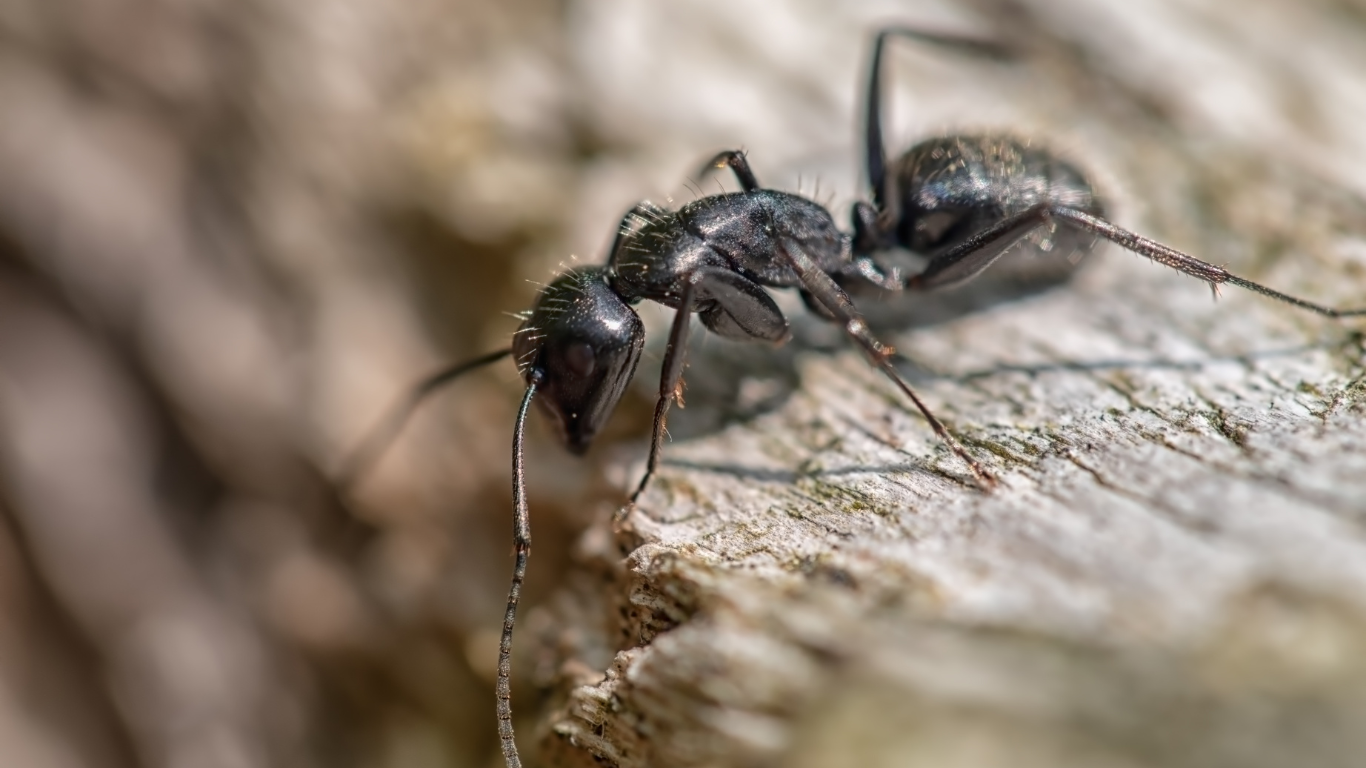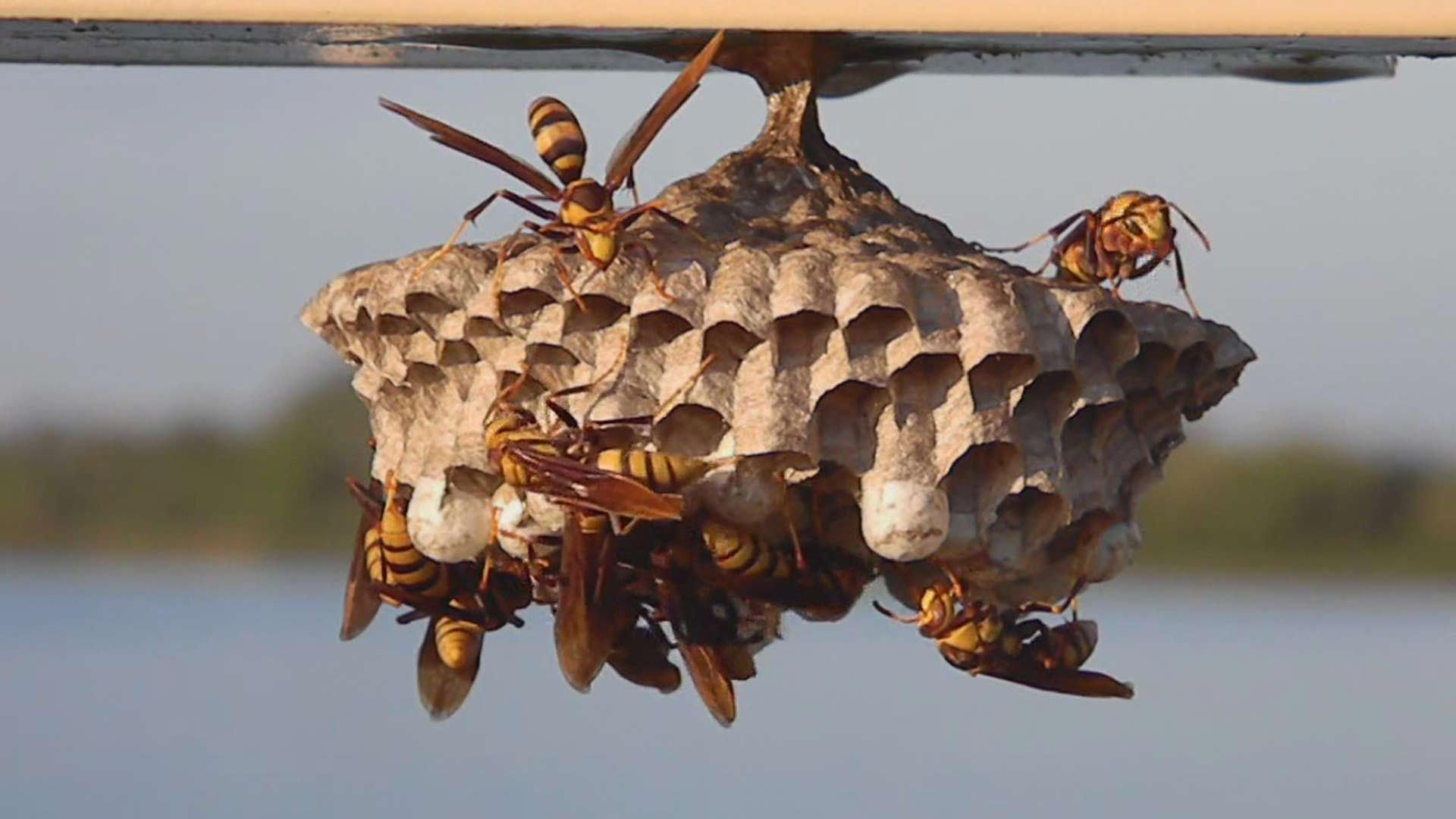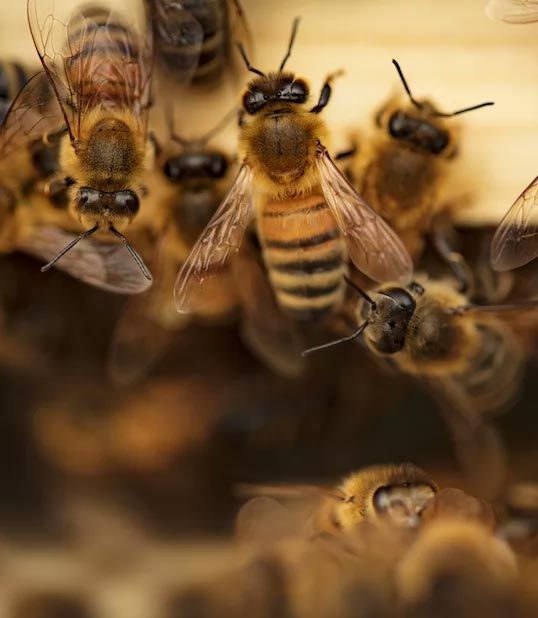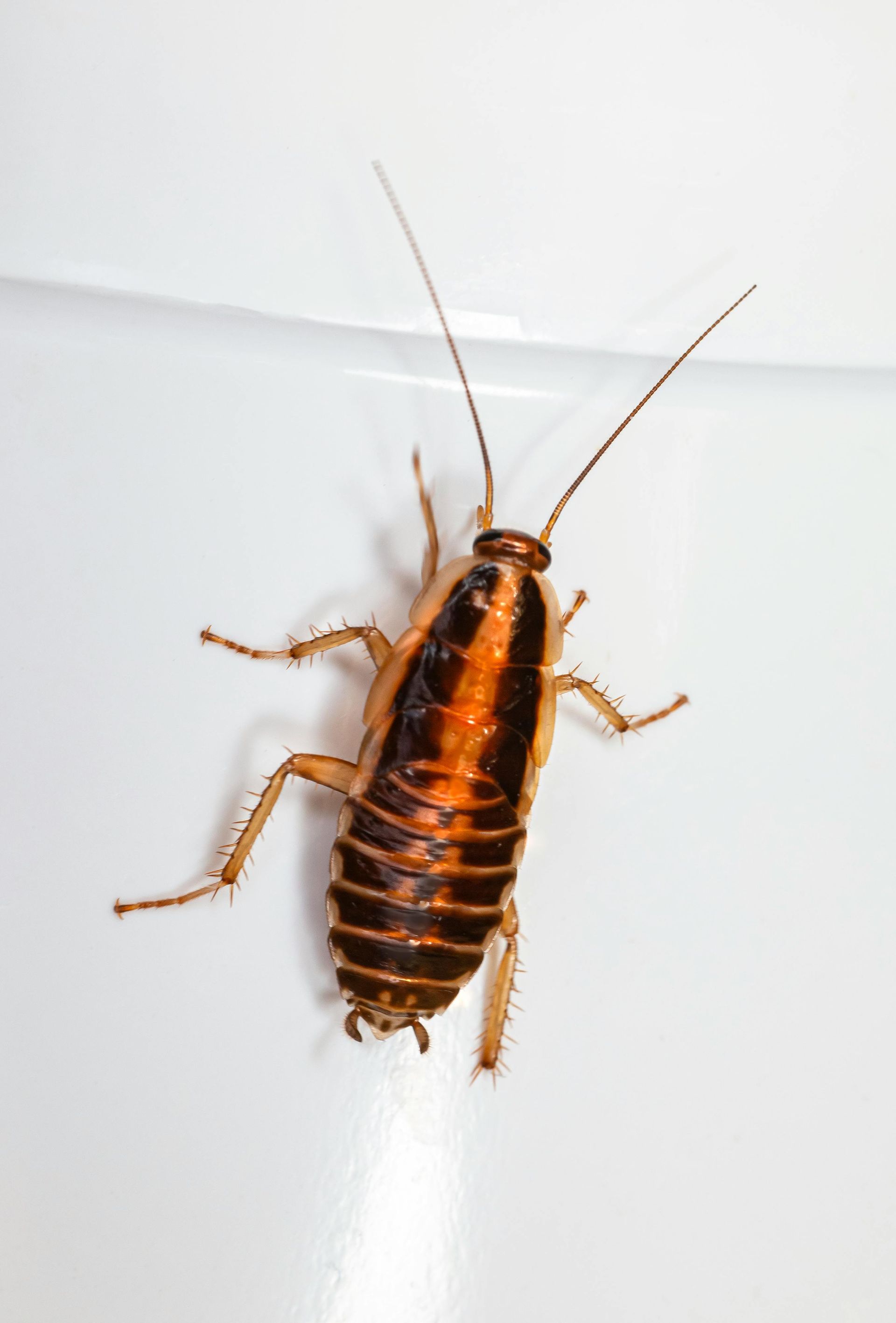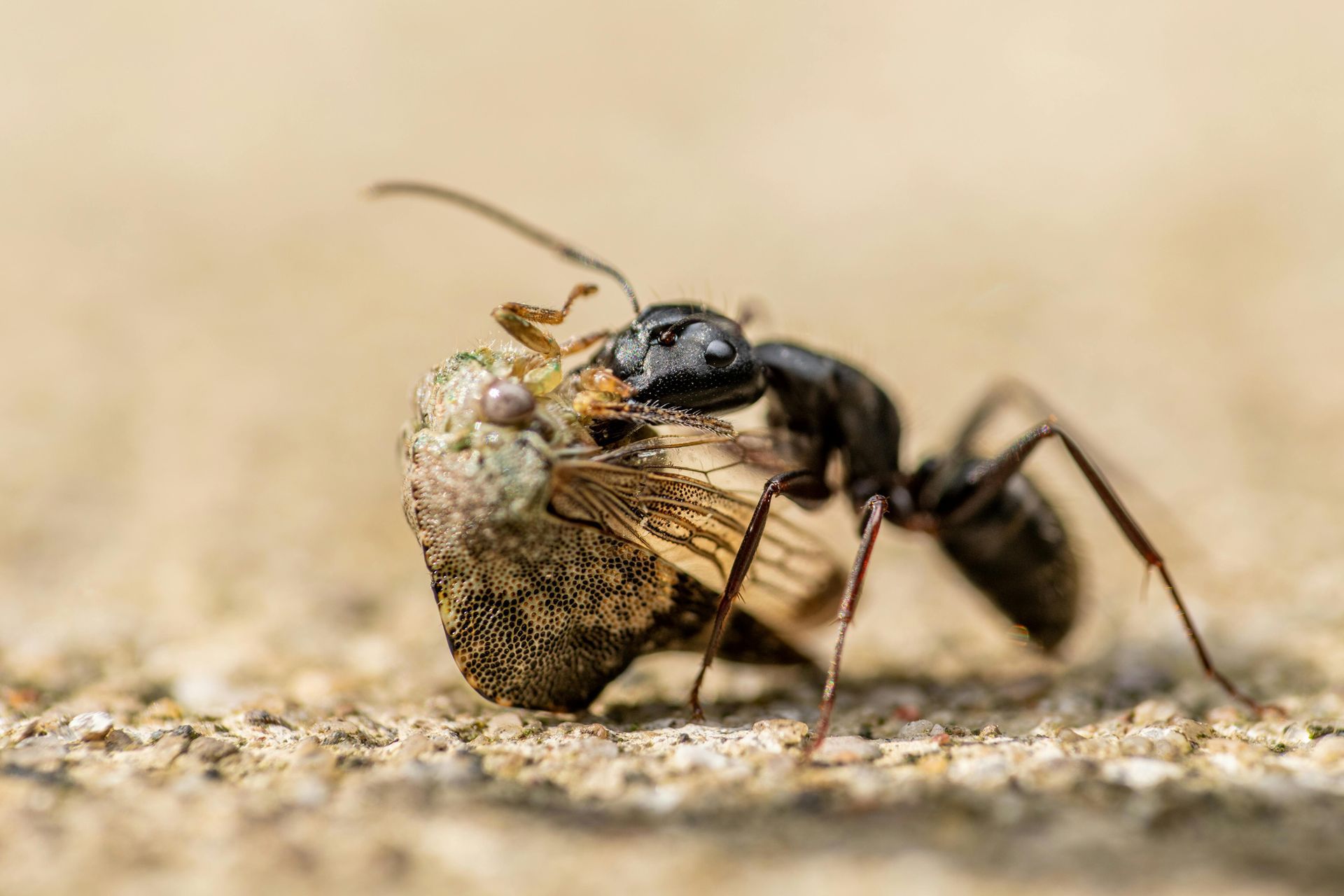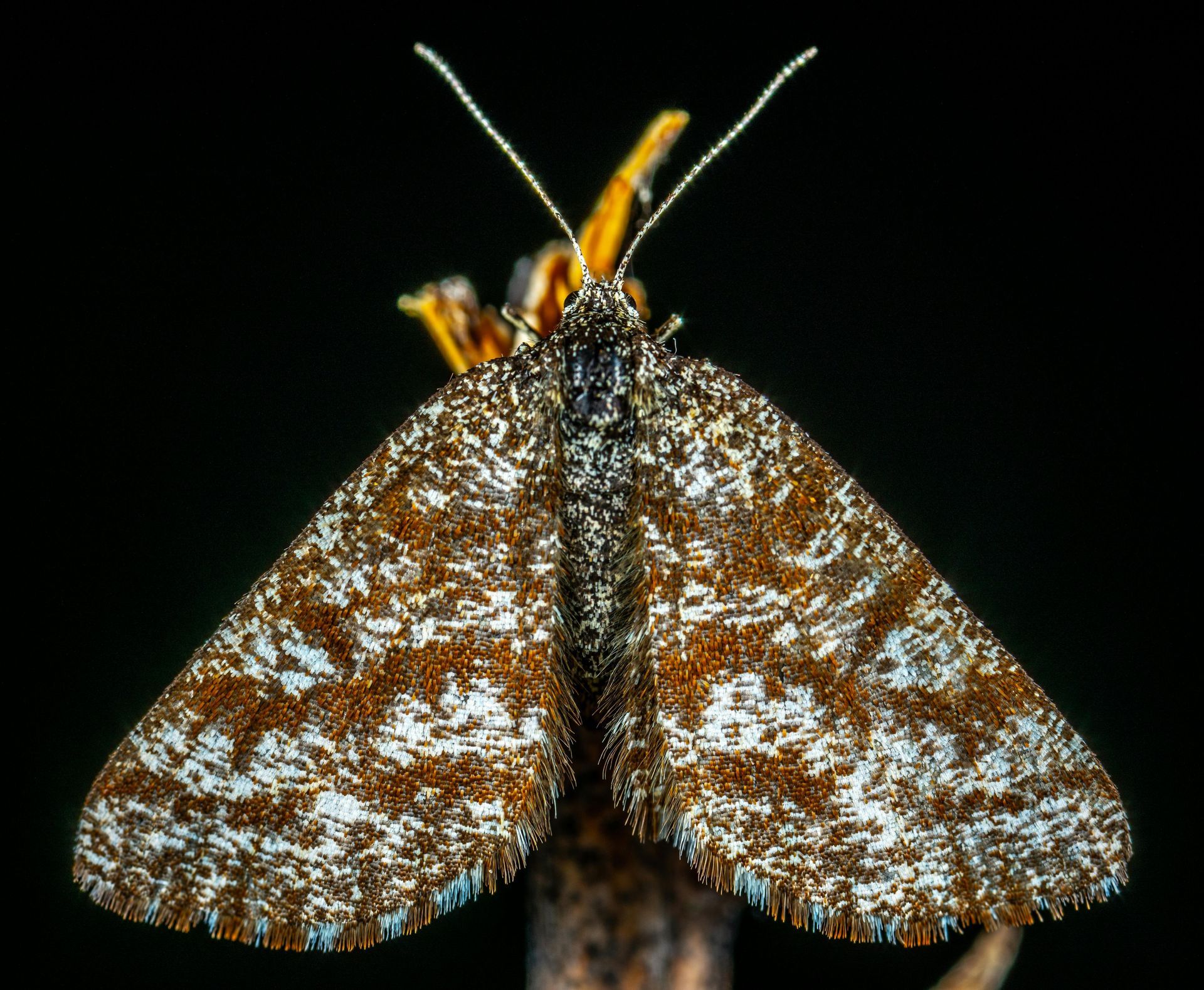What Do Bed Bugs Look Like & Pests They’re Often Confused With
This is a subtitle for your new post
What Do Bed Bugs Look Like & Pests They’re Often Confused With

Many children were once sent to bed with the short rhyme, “Good night, don’t let the bed bugs bite.” For most, it was a silly saying that meant nothing. Bedbugs were eradicated in the 1940s in the United States and no longer a concern for many generations. Unfortunately, the pesticide DDT was the method of eradication, and a ban of the dangerous chemical in the 1970s allowed the bedbug to return. Over the last two decades, the parasites have spread and increased in number back to their full strength. Today, it is important for everyone to understand how to identify and control bedbugs.
Identifying Bed Bugs
Bed bugs are tiny insects that are the shape of an apple seed but slightly smaller.
The adults are reddish-brown, and nymphs are similar in appearance but even smaller and lighter in color. The bed bug does not have any physical characteristics that make it unique, so it is easy to mistake it for other small insects like beetles and ticks.
Any place in a home can be a hiding spot for a bed bug, but they are usually found in mattresses and other soft furnishings. Their tendency to take up residence in beds most often is how they got their name but bed bugs can hide in curtains, chairs, and carpets. Severe infestations of the insect may even cause them to take up residence in wallpaper, cracks in walls or flooring or inside electrical outlets.
There are many insects that people commonly misidentify as bed bugs. Spider and carpet beetles, booklice, cockroach nymphs, and fleas and ticks are the pests most often mistaken as bed bugs.
The welts from a bed bug bite do not distinguish the creature either because the bites can look and feel like many other itchy bug bites. One way to rule out some lookalikes is how bed bugs move. The insect cannot fly or jump but does like to hitch rides on passers by.
Signs of Bed Bugs
The first signs many people notice of a problem are the itchy bites on their bodies that often appear overnight and small spots of blood on their bedsheets. The blood stains may come from the bites but are usually the excrement left behind by the insects.
A musty or moldy smell may be noticeable, but this is usually not detected unless there is a large population of the insects.
A close look around the seams of the mattress may reveal black and yellow specks and more rusty stains. The spots are excrement, shed skins and egg shells as well as the nymphs. The insects will hide in mattress seams as well as in folds of fabric on and around the bed. These are the first areas to look.
Where Bed Bugs Like to Hide

The most common place for bed bugs to hide is around a bed so they are near their food source. Bed bugs only consume mammal blood. The bed bug type most commonly found in homes is the Cimex lectularius, and it prefers human blood, but will feed off other mammals to survive.
Bed bugs will move to another location if their current spot becomes too crowded or if their food source is not available. The bugs can live for two months or more without a meal. If deprived of heat the metabolism of the insect will slow and allow them to survive for as long as a year without food.
Bed bugs may walk to another room in a house in search of a regular food source if their current source becomes unavailable. They can also climb into suitcases or hitch a ride on shoes or clothing to a different location. The small size of the insect makes it simple for them to tag along unseen from hotels, on clothing in retails shops and nearly anywhere else.
Bed Bug Bites

The bites of the bed bug are usually in areas that are easy for them to access while a person is asleep. Exposed skin like shoulders, arms and legs become the main targets. The bites are red welts that look like mosquito or flea bites. One feature of the bites that stands out is that they tend to appear in straight rows of three or four welts. Serious illness from a bed bug bite is rare, but it can happen.
Bed bugs can spread Chagas disease. It is a fatal illness that can affect the cardiovascular, digestive and nervous systems. The number of people infected in the United States has increased in the last few years. A more common concern is the potential of the insect to sicken people with allergies and respiratory conditions. Homes with bed bug infestations can have extremely high histamine levels and this can aggravate allergies and asthma.
Bed Bug Feeding
Bed bugs are mostly nocturnal, but their feeding habits can become a matter of convenience. People that work a night shift can be bitten during the day when the insects are near. The bugs can bite several times in a night to become full but only feed about once every one or two weeks. People that have only small numbers of the bugs in their homes may not experience new bites every night.
The bed bug finds a host through body heat as they are attracted to warmth as well as to the carbon dioxide found in exhaled air. Carbon dioxide is an indicator of a living creature, so it attracts any parasitic insects looking for a fresh meal. The insect finds a host, positions itself on bare skin and stabs through the skin with its beak. It will feed for approximately 3-12 minutes. If the host moves or otherwise disturbs the feeding the bug will stop, move slightly and begin to feed again.
This is one of the reasons why the bites are often in rows. The allure of carbon dioxide to bed bugs has led to many DIY traps. The homemade traps, that typically include a yeast mixture, are not enough to lure the bugs because they don’t release more carbon dioxide than a human.
In an unoccupied room it may be sufficient to end a small infestation if the pests do not latch on to the person placing and checking the traps and move with them to a more populated area in the residence.
Stages of Bed Bugs
Females lay eggs that are about one-sixteenth of an inch in length. The eggs are white ovals that take between 6 to 10 days to hatch. The nymphs feed on blood immediately after hatching and will molt five times before they reach adulthood.
Molting can only occur after a feeding. A female can lay eggs every day and can lay hundreds of eggs during her lifetime. Adults generally survive for about 2 to 6 months but can live a year or longer.
Favorable Conditions for Bed Bugs
Bed bugs flourish at room temperatures, around 70-degrees Fahrenheit, but can survive a wide range of temperature extremes. Elevated temperatures of 118-degrees or higher kill adult and nymphs as well as destroy eggs. The heat must be constant for 20 minutes for adults and at least 90 minutes for eggs. Temperatures below 0 degrees Fahrenheit can also kill bed bugs. We use a Cryonite machine which blasts the bed bugs with far below freezing temperatures to kill them on contact.
Bed bugs tend to go unnoticed until there is an infestation and the bites are impossible to ignore. Although the pests like cluttered spaces because of the availability of hiding spaces, their presence is not an indicator of a dirty home. Even spectacularly clean houses can become a hiding spot for bed bugs. Eradication is a challenge and common methods of removal, like the purchase of new mattresses, are rarely successful. Professional pest control is the only effective method of removal. Now that you know what bed bugs look like, schedule an inspection as soon as possible if you’re dealing with a bed bug problem.


